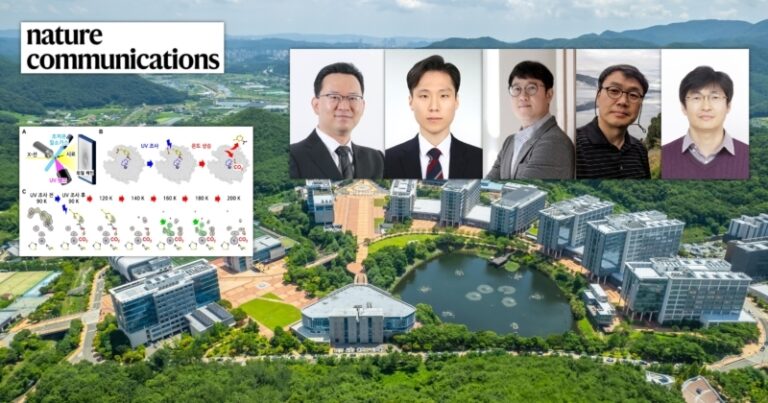More than 40% of enzymes in the oxygen organism are metal enzymes that contain metal ions as essential. They use molecules to form metal-activated oxygen intermediates to remove the toxicity of substances or to synthesize necessary biomolecules. In particular, metal-peroxo species have been observed as an important reaction intermediate in several metal enzymes.
A team led by Professor Jaeheung Cho of the Department of Chemistry at UNIST published a comprehensive review paper, collecting all the results of research on simulated compounds of ‘metal-peroxin species’, one of the metal-active oxygen intermediates. Through this paper, it is expected to make a key contribution to improving understanding of metal enzymes and developing biomimetic catalysts.
Metal-peroxinoma has been proposed as a reaction intermediate that oversees important reactions in various metal enzymes such as male aldehyde depomylase and naphthalene discretase. In order to accurately understand the spectroscopic properties and reaction mechanisms of these metal-activated oxygen species, simulated compounds that mimic the active site of metal enzymes have been reported over the past few decades.
First, the research team collected all the papers of various metal-peroxo species that have been revealed so far and classified them by metal. In particular, metal-peroxone species using manganese, iron, cobalt, nickel, copper, etc., which are first-cycle transition metals that are closely used in living things, have been discussed.
“Recently, metal-peroxin species have been actively researched and important characteristics have been discovered,” said Donghyun Jeong (Department of Chemistry, UNIST), the first author of this study. “This paper systematically categorizes and organizes vast research topics that have been conducted for decades in the field of bioinorganic chemistry.”
After that, the metal-peroxo species synthesized through biomimetic analysis, the ligand and complex synthesis methods utilized, the characteristics confirmation through various physicochemical techniques, and the basic research on reactivity with substrates were summarized. In addition, important information for understanding metal enzymes was clearly summarized, suggesting prospects for subsequent studies of metal-activated oxygen species.
“This paper allows us to understand the flow of metal-peroxo species research so far,” said Professor Choi. “We expect it to be of great help in presenting follow-up research directions, including the development of biomimetic catalysts.”
This study has been participated by Donghyun Jeong from the Department of Chemistry at UNIST, as first author. Their findings have been published in the January 2023 issue of Coordination Chemistry Reviews, a renowned journal in the field of Chemistry. This study has been supported by the National Research Foundation of Korea (NRF) and the Korean government (MSIT).
Journal Reference
Donghyun Jeong, Joan Selverstone Valentine, Jaeheung Cho, “Bio-inspired mononuclear nonheme metal peroxo complexes: Synthesis, structures and mechanistic studies toward understanding enzymatic reactions,” Coord. Chem. Rev., (2023)




